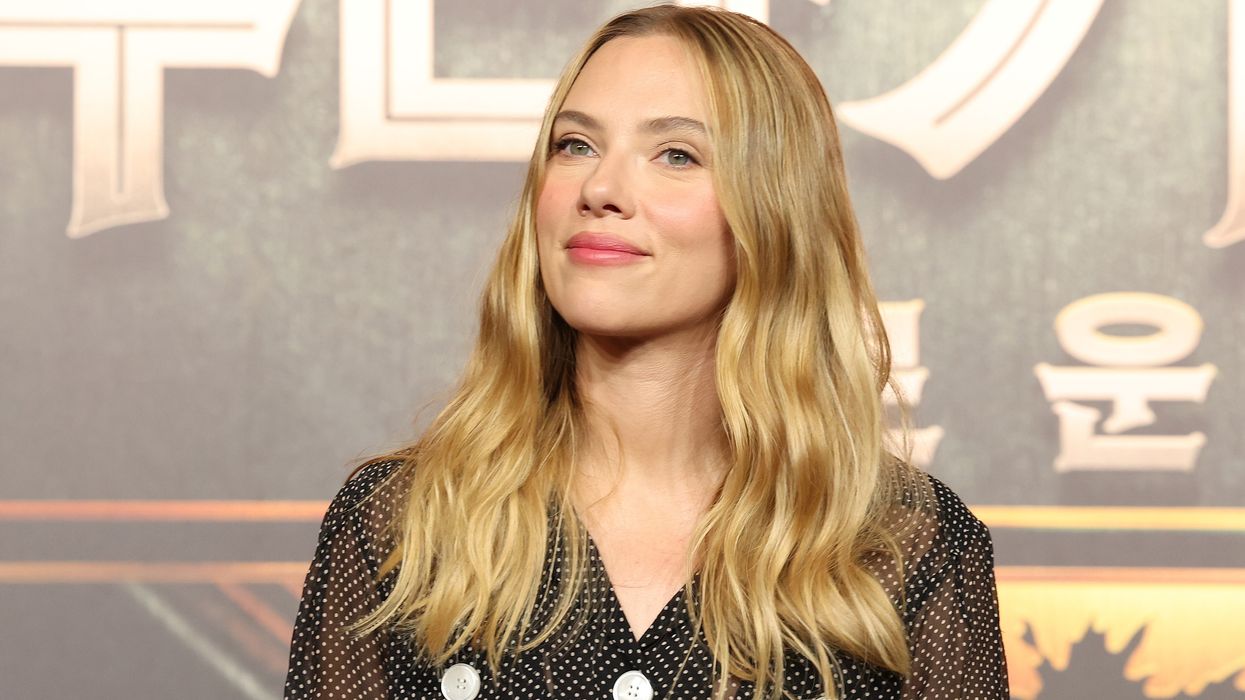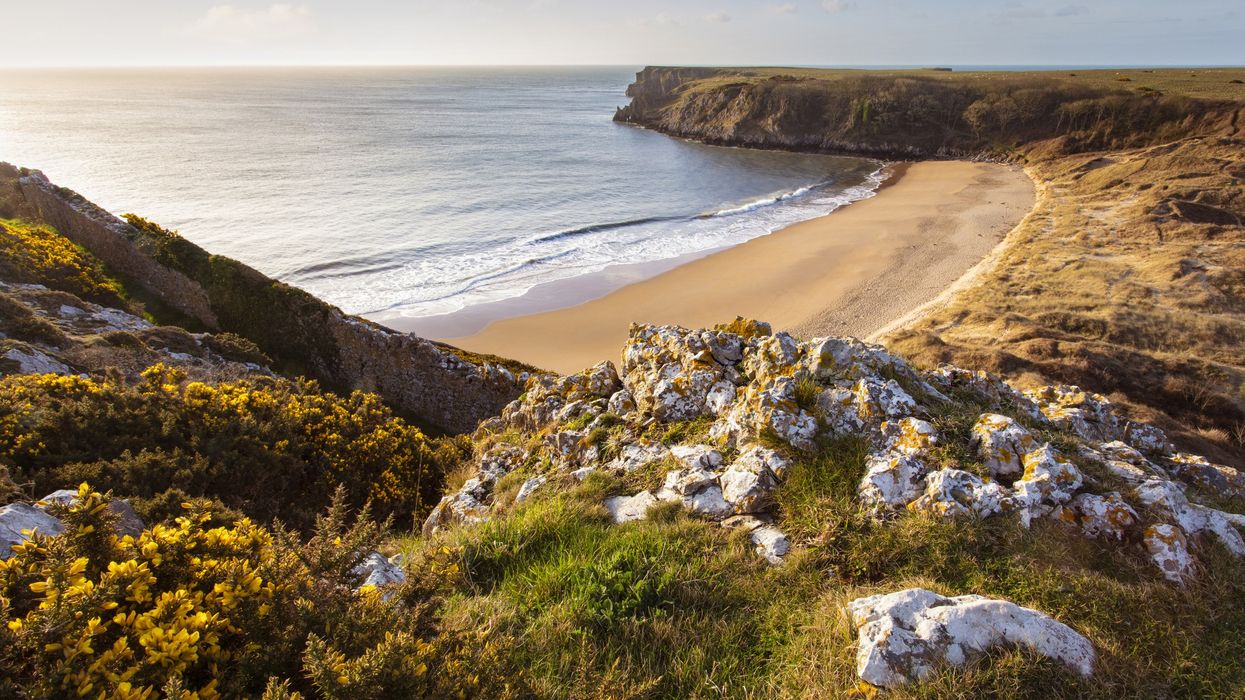Hancock vows action as ethnic communities bear brunt of Covid infections.
By Shailesh Solanki
HEALTH SECRETARY Matt Hancock has promised to urgently deliver “robust findings” from the inquiry into why black, Asian and minority ethnic communities appear to have disproportionately suffered from the coronavirus pandemic.
In an exclusive interview with Eastern Eye on Tuesday (5), Hancock pledged the analysis led by Public Health England (PHE) would be “concluded fast” by the end of the month, and said improvements would be implemented once the findings are made public.
“We owe that to those who have lost their lives to Covid-19,” the health secretary said, as it emerged on Tuesday that the total number of coronavirus deaths in all settings in the country had topped 32,300.
Weekly figures from NHS England showed that 1,361 Asians have succumbed to the virus in England and Wales, while 1,022 people of African and Caribbean heritage have died in the pandemic.
The latest figures confirm that Britain is among the countries worst hit by Covid-19 that has killed more than 250,000 worldwide. Only the US, with a population nearly five times greater, has suffered more confirmed fatalities from the virus than Britain, according to the data so far.
In a wide-ranging interview, Hancock paid tribute to migrant workers in the NHS, and defended the guidelines for the use of PPE by frontline staff, saying he followed clinical advice. He also acknowledged that government communication could have been better and spoke of his support for community pharmacy.
On Monday (4), the government announced that the PHE review (led by its London head Kevin Fenton) will analyse how ethnicity, gender and obesity can impact on people’s health outcomes from Covid-19, and added that analysis of data on health outcomes for NHS staff would be published by the end of May.
Hancock described Fenton as a highly respected and renowned public health clinician.
He told Eastern Eye: “All the different considerations need to be looked into. For a start, there is a bigger incidence in disease in urban areas and we know there is a correlation between BAME populations and urban areas.
“When you step back and ask the question – not just how many more people from BAME backgrounds are affected by Covid-19, but what can we do about it, what extra protection is needed and what is at the root of the problem?
“We know from international studies that healthcare workers are more likely to catch a transmissible disease, especially in a pandemic,” he added.
“The question we’ve got to ask is why is this happening in disproportionate numbers?”
The first few doctors to have died of Covid-19 were all from BAME backgrounds.
Figures have also shown that 35 per cent of almost 2,000 Covid-19 patients in intensive care units in England, Wales and Northern Ireland were non-white, compared to 14 per cent of the population of England and Wales.
Analysis by the Institute of Fiscal Studies (IFS) last week showed that the death rate among British black Africans and British Pakistanis from coronavirus in English hospitals was more than 2.5 times that of the white population.
Hancock said: “I’m determined to get the initial findings into the public domain and be totally transparent about the information we’ve used, the science behind it and the data we have got, so that everybody can see those studies and we can have a debate about what more we need to do.
“Some of these are sensitive subjects and we have to make sure that we are as open and transparent as possible. We owe that to those who have lost their lives to Covid-19.”
He added: “The things we are doing in terms of trying to control the diseases are good for everybody, but we have to put particular attention into those groups that are most affected because we want to have a bigger impact.”
The health secretary paid tribute to the contribution of BAME workers in the health and care sectors saying it was the “small, silver lining” in this crisis.
“The British people have woken up to the fact that you cannot run the NHS without people who have come from abroad to make their life here and dedicate their service in the NHS,” Hancock said.
However, on the criticism that structural racism in the NHS stopped ethnic staff on the pandemic frontline from raising concerns about an alleged lack of adequate PPE, the health secretary said, “It worries me and I think that, I very much hope that it isn’t the case. I want to know examples of where it is and I want to encourage people to blow the whistle.
“I haven’t seen any concrete evidence myself during the Covid outbreak. I think that people have really risen to the challenge.
“I am absolutely not denying it, but I haven’t seen individual cases of it. But if I see it, I would absolutely act on it.
“I very much hope that it isn’t there but if it is, then people should speak up about that.”
Since the outbreak of the pandemic, some doctors and health workers have complained of low supplies of PPE (personal protective equipment) and Hancock admitted “there’s no doubt that PPE has been one of the big challenges of the crisis”.
One doctor on the frontline spoke of how he suffers from nightmares as he fears his inadequate PPE increases the risk of infection among his family members when he goes back home at the end of his shift.
Hancock told Eastern Eye: “The PPE guidelines are all academically led. They are based on the very best epidemiological evidence and clinical advice.
“When we brought in the updated PPE guidelines, we did so with the BMA [British Medical Association] and the Royal College of Nursing and others. Those guidelines are very, very carefully drafted, according to what the clinical need is.
“It’s very important that people have that right level of protection. I’ve got to take the clinical advice on what the right level of protection is, and then make sure, of course, that we deliver that protection against those standards.
“Of course, I can understand people saying that they would like a higher level of protection, but when the clinical advice says that this is the right level and there is a large degree of consensus around that and it’s higher than the WHO [World Heath Organization recommendations], in my position you have to follow the science on those sorts of judgements.”
There has been criticism that the government guidelines on self isolation were not culturally sensitive and BAME families – many of whom live in multi-generation homes with little space for self-isolation – could have benefited from tailored messaging. Hancock conceded that there was room for improvement. “We’ve been expanding those campaigns all the way through. At first it was started at a national level and then we’ve been able to get messages out in a more thorough way, as time has gone on,” he said.
“The honest truth is, at the start, we had to move so fast because of the nature of the disease that we did everything we could as quickly as we could. Then we’ve gradually had to build the track while the train has been running.
“Along the way, we’ve been learning about how to do things better and communicate better.”
(With Rithika Siddhartha)















 Many of these beaches are tidal and best enjoyed at low tideiStock
Many of these beaches are tidal and best enjoyed at low tideiStock It’s also unofficially clothing-optionaliStock
It’s also unofficially clothing-optionaliStock Framed by the turquoise seaiStock
Framed by the turquoise seaiStock It’s best visited early or late in the dayiStock
It’s best visited early or late in the dayiStock

